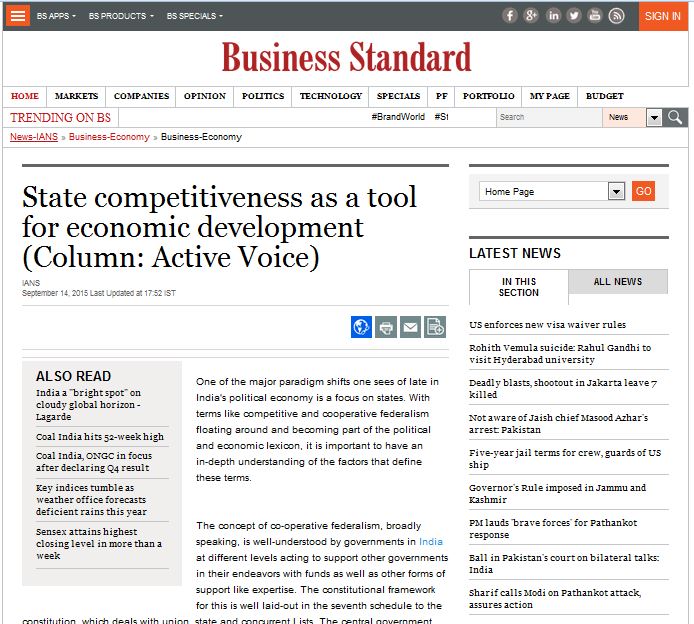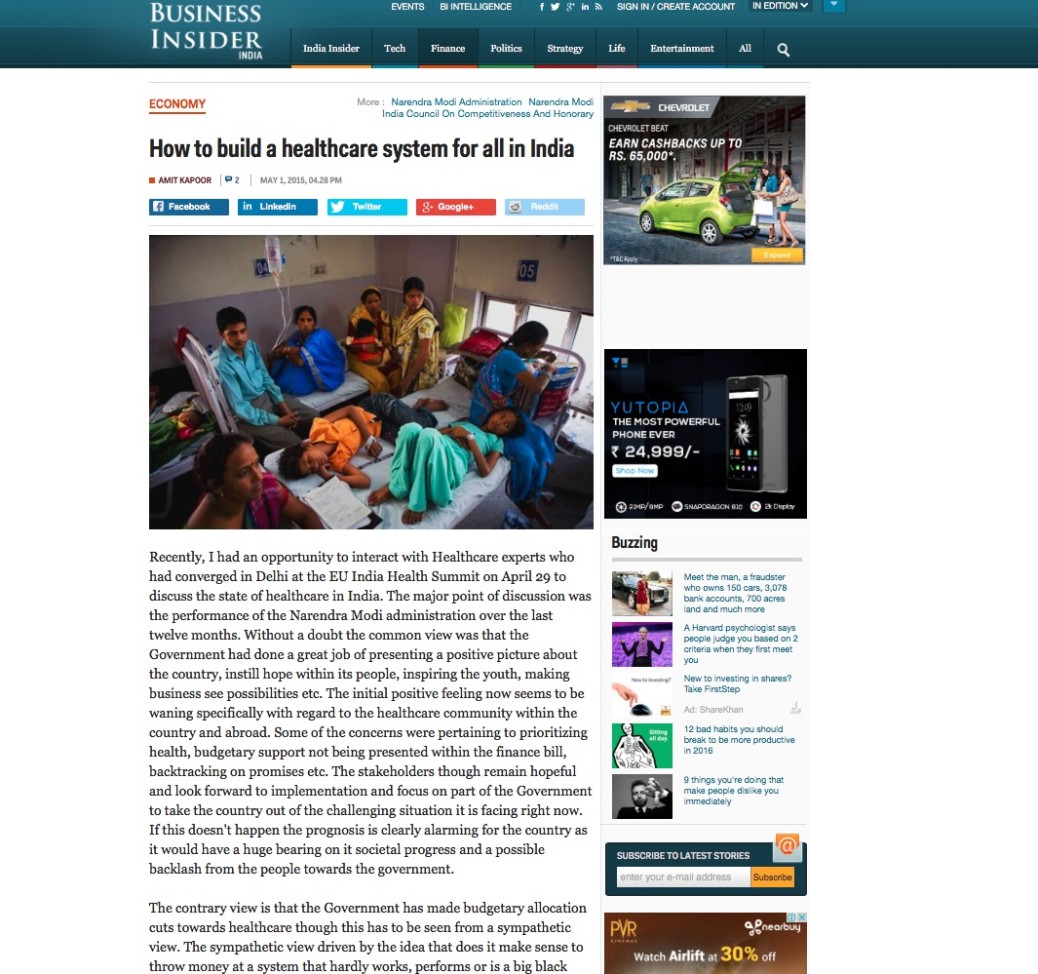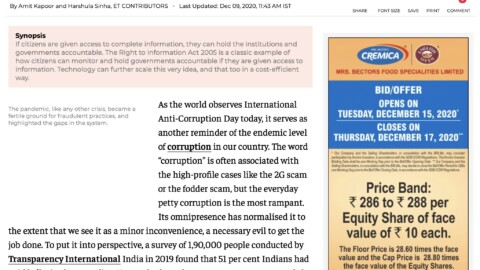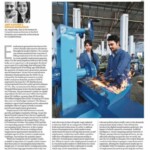Digital India Mission was unveiled by PM Narendra Modi on 3 July 2015. Over the last two years, considerable efforts have been made by the government in this direction. This year’s budget promises to look at several key facets of digitisation in India. Before going into the details of the future steps, it is important to look at the performance and highlights of the digital push in the last two years.
Following are the three key themes that were highlighted in the last two budgets
Rural connectivity and broadband highways: In the 2015-16 budget, the government announced the execution of National Optical Fibre Network Programme (NOFNP) covering 7.5 lakh km and networking 2.5 lakh villages by 2019. This initiative achieved optical fibre layout of 82,500 km during 2015-16 and got a boost during 2016-17 budget, which allowed willing states to undertake its execution. However, at the current rate of implementation, broad calculations reflect that NOFNP might take additional 3-4 years from the initial stipulated time-frame of 5 years.
Digital inclusion by enabling access and literacy:Around 70 percent (12 crore) of the rural households lack access to computers as per the 2016-17 budget document. The government has announced two schemes to tackle this challenge – National Digital Literacy Mission (NDLM) and new NDLM. Regarding NDLM, the target of providing IT training to 5.25 million individuals has been achieved as per the NDLM website. The new NDLM launched in mid-2016 had set up an ambitious target of training 60 million rural households by 2019. The work on this is underway and will have a considerable bearing on how digital inclusion happens in the country.
Digitisation of processes to build transparency and efficiency in the system: These relate to distinct aspects of overall governance like land rights, taxation and education records. In 2016 budget with respect to land rights, the government allocated a budget of Rs 150 crore for setting up Integrated Land Information System. Regarding taxation issues, the government announced issuance of notices and documents by Income Tax department in electronic form. This is in continuation to the efforts like e-filing of tax returns. The government announced setting up the digital repository of education records by 2017 for ensuring the authenticity, safe storage and easy retrieval of education and professional credentials of the individuals. All these initiatives are taken in a positive spirit and seems to be in the right direction. However, the overall transformation of government machinery will happen only when similar steps are taken for other government processes especially at the sub-urban and rural levels.
Looking at the desired future steps related to digitisation, three things are necessary. These include faster implementation, quality of basic digital infrastructure, and impact of technology on future of jobs.
For one, the government needs to ensure faster implementation especially in areas related to rural connectivity and broadband highways, new digital literacy mission, and digitisation of processes. Often, technology becomes obsolete at a rapid pace, and therefore speed and quality of execution plays a critical role for yielding the desired benefits. The lags in this can severely impact the progress being made in Digital India Mission. The upcoming budget should detail the strategy for quick implementation in these critical areas.
Second, the basic infrastructure for digital economy requires much wider coverage and consistent quality for internet penetration, and smartphones compared to what it is today. Many people in India still lack access to the internet (roughly one in four people have internet access) and smartphone (roughly one in five people have smartphone access). Then there are other issues related to call drops and poor internet bandwidth across cities and villages. India has the lowest penetration of Point of Sale devices as compared to other developed and BRICS economies. Moreover, there are challenges like the need to protect online frauds by enhancing the security for the online transactions. The budget should reflect on and suggest measures to address these challenges related to digital infrastructure and online security.
Third, there is a pervasive influence of newer ideas and technologies like the Internet of Things, Big Data, Smart Cities, Artificial Intelligence, Robotics, and Digital Payments which have a bearing on other sectors of the economy. Already automation of manual jobs is having a significant impact on the plans of companies to expand operations and do newer hiring. There are fears that too much digitization can lead to job losses which can be problematic for populous countries like India. The government needs to realize the criticality of these changes which are underway and formulate a concrete action plan to make India ready for the future of work. Also needed is a focus on increasing the number of digital users. How the government plans this changeover will require the careful attention in the budget and beyond.
The article was published with First Post on January 24, 2017.


























